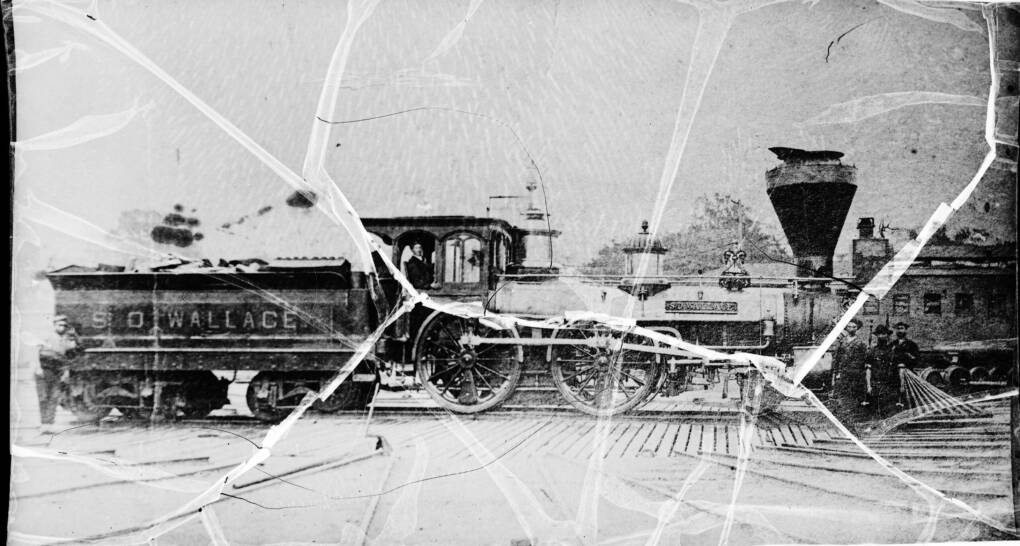
Thirty years after its grand opening as a unit of the National Park Service, Steamtown National Historic Site in Scranton, Pa., is at a crossroads.
Whether you admire or disdain it, know nothing about it, or simply hope for its survival, it remains a significant railroad preservation effort. Steamtown has the potential to expand the ways we think about railroad heritage and could redefine the ways future generations understand how railroad mobility helped shape America.
Or it could be left to wither by a federal agency under great stress, with hundreds of NPS units competing for diminishing resources while dealing with increasing demands. No one has yet described the situation in such stark terms. But to me, the risks look all too real.
Time for a reset
The present moment seems particularly ripe for a reset. It has been almost 70 years since Steamtown took shape as a concept and project, and 40 years since its authorization as a National Historic Site. In a rapidly changing world, an occasional course correction is not just prudent — it may mean long-term survival.
We should be clear about a few basic realities. Steamtown is a unit of the National Park Service, and has to conform to the NPS mission and process. Its audience is not the 150,000 serious railroad enthusiasts, but 340 million Americans.
NPS administers 433 wildly diverse sites and parks with a staff of roughly 18,000 full- and part-time employees. If it were a railroad, it would rank with the Class Is in complexity.
Steamtown is one of five railroad-focused sites nestled within that vast NPS enterprise. The others are Golden Spike National Historical Park, celebrating the completion of the Pacific railroad; Allegheny Portage Railroad National Historic Site, which is primarily railroad archeology; Pullman National Historical Park in Chicago; and Cuyahoga Valley National Park, which hosts a partner’s excursion operation. Another half-dozen NPS units have some kind of railroad component.
Steamtown, with its varied program of railroad operations, is part of a very small cohort. As such, it does not fit easily into the usual NPS categories, never has, never will. It isn’t exactly an orphan, but the very nature of railroad heritage preservation and operations introduces multiple challenges that NPS policy and procedures are not well-equipped to handle.
Steamtown recently welcomed a new superintendent — its sixth, not counting a few in interim capacities. My strong impression is that Jeremy Komasz is the right person at the right time with the right skills. The superintendent of Steamtown does not need to be a railroad expert or historian. The ability to lead, administrative savvy, open-mindedness, and courage are more important.
Komasz comes from “the outside” — specifically, the U.S. Navy and defense industry. He continues to serve as a SEAL and is a captain in the Naval Reserves. His degree from The George Washington University is in International Relations with a minor in History. I imagine his M.A. from the Naval War College in Strategic Studies, and his experience with tribal relations in Afghanistan will help him negotiate the sometimes tribal world of railroad preservation.
The military, railroading, and the National Park Service share a strong sense of mission, and understand strategy, tactics, logistics, and process. Less remarked upon are parallel traditions of accommodations, work-arounds, and ways to make rules work in your favor. The goal is not to avoid or subvert the NPS process, but to compliment Steamtown’s work with the help of volunteers, colleague institutions, and its Official Philanthropic Partner, the Iron Horse Society.
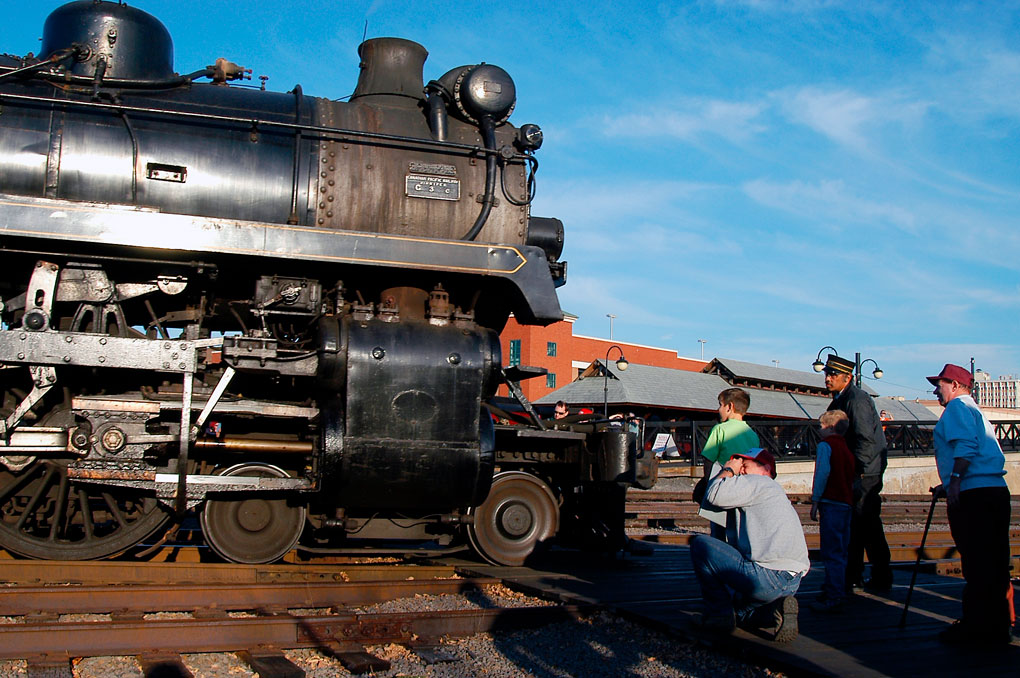
What Next?
There is no “best way” to address how Steamtown’s future unfolds. I’m certain NPS has its priorities, and Komasz brings both military and corporate approaches to visioning, planning, and strategy. Still, I’d like to think that lessons and insights from our particular branch of cultural resource management — Train World — will be part of the mix.
Let’s start with a pause, review, exploration of options, and perhaps restart on a better basis. This review might develop a clear understanding of what Steamtown can, and cannot, do as an NPS unit. That would be coupled with an outline what the site would like to do — short-and long-term objectives, needs, wants, deficiencies, and so forth. A Dutch uncle would suggest that Steamtown acknowledge it is part of many other relevant communities, and pay more attention to colleague institutions — especially in history of industry and technology, railroad preservation, and heritage operations. NPS, and many of its sites, tend to be inwardly focused and seemingly aloof. Komasz has already begun the kind of outreach that, to my knowledge, none of his predecessors seriously undertook. I’d like to think we will reciprocate.
There will be some heavy lifting, but all of us — the National Park Service, the railroad heritage community, the Commonwealth of Pennsylvania and the region, and even potential visitors — have a great deal to lose if we can’t help SNHS regain its footing and boost its visitation.
We can do many things to encourage Steamtown’s renaissance. First, we simply need to accept Steamtown as it is now, not what we think was promised four decades ago. Those were vastly different times, and reality outran good intentions. At some point it does no good to nitpick, complain of deficiencies, or critique without contributing something as well. Visits are always in order. Joining the Iron Horse Society is substantive and helpful.
Better yet, let your Senator or Representative know you appreciate NPS efforts to conserve and present the story of American railroading. We all know how important grease is to squeaky wheels. We need to squeak more.
Celebrate the fact that the National Park Service regards railroad heritage as part of our nation’s heritage. Steamtown will never be the country’s largest or most important railroad site or collection, but it can punch far above its weight.
A New Era?
What do we, as a large and diverse community of railroad interests, think Steamtown should aspire to become? That may seem like an amusing thought experiment but good ideas tend to rise to the top, and gradually gain traction. Collectively, Train World has thousands of years of experience presenting our slice of the American Experience to all sorts of audiences. It is in our best interest to help Steamtown reach as many people as possible with the most interesting and persuasive messages we can devise. It is a safe bet that whatever good works come out of a rejuvenated Steamtown will be useful at other railroad sites.
Now also would be a fine time for a symposium to assess the overall state of railway heritage and preservation, and where it might be in 10 or 20 years. We did that sort of thing years ago, and accomplished a lot. Zoom will not do.
Railway heritage, NPS, and Steamtown share many broad concerns, such as how we engage young people as visitors and as potential participants. How do we train future generations in the often-arcane ways of traditional railroad work? At the other extreme, every operator of steam locomotives in the country — including NPS — comes under the same strict regulatory regime. As they were at the California State Railroad Museum and Railroad Museum of Pennsylvania, a gathering at Steamtown would offer context, examples, and the chance to build relationships.
It’s also time to revisit Steamtown’s own mission. NPS has changed, as have Steamtown’s many audiences.
The academic fields of railroad history, history of technology, and American cultural history have matured greatly and offer a large and sophisticated set of tools. A symposium at Steamtown, about Steamtown and the future of railroad heritage, is overdue. Why not envision Steamtown as a presentation of American railroading, but in the larger, richer context of America’s First Industrial Revolution? Make it an integrated account of how railroad mobility, coal, and iron made it possible to settle the continent and create great cities. Nothing Steamtown has done would be wasted — but its opportunities for growth and relevance (and new resources) would expand considerably.
With a more comprehensive and coherent agenda, we can legitimately ask other people (industries, agencies, foundations, interest groups) to share some of the costs. In any event, we have to start somewhere, and a new superintendent from a different cut of cloth is an excellent next step. No single leader can revive an institution the size of Steamtown by himself, or even with the small — but capable — staff he has to work with. We should be careful not to expect too much too soon. But I also have a hunch that whatever the job throws at him, Komasz will find a way over, around, or through it.
Our mission, should we choose to accept it, is to put the past behind us and think creatively about what could happen. While we can’t change anything that unfolded in the last 40 years, we absolutely can do things differently in the next 40.









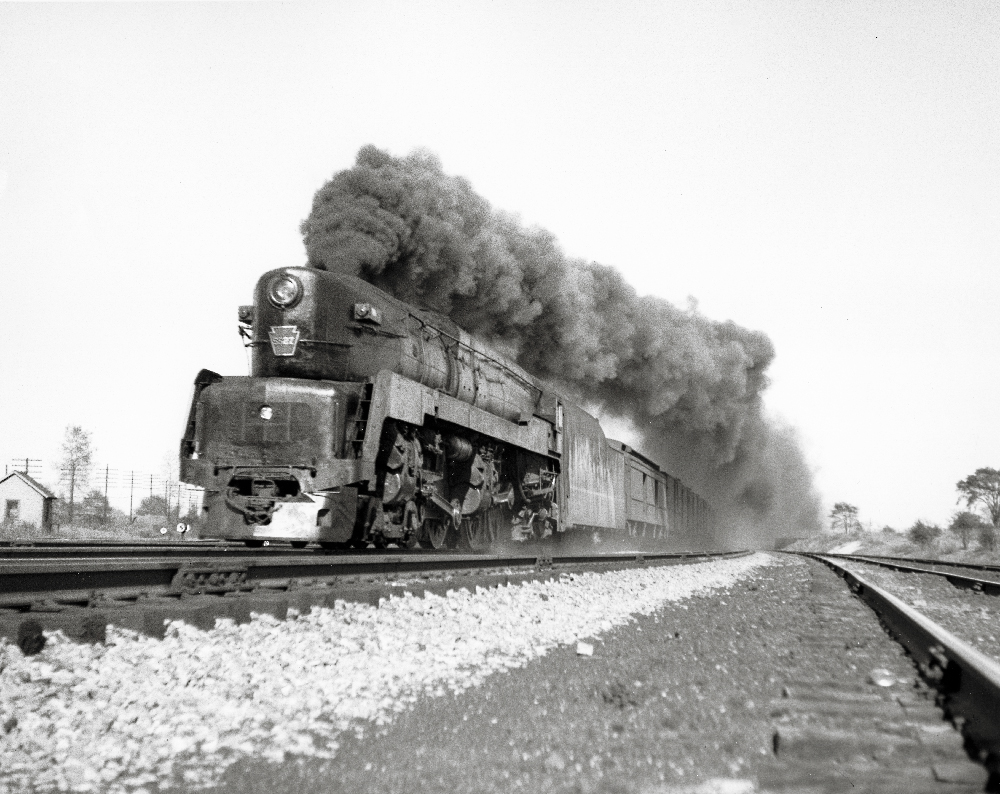
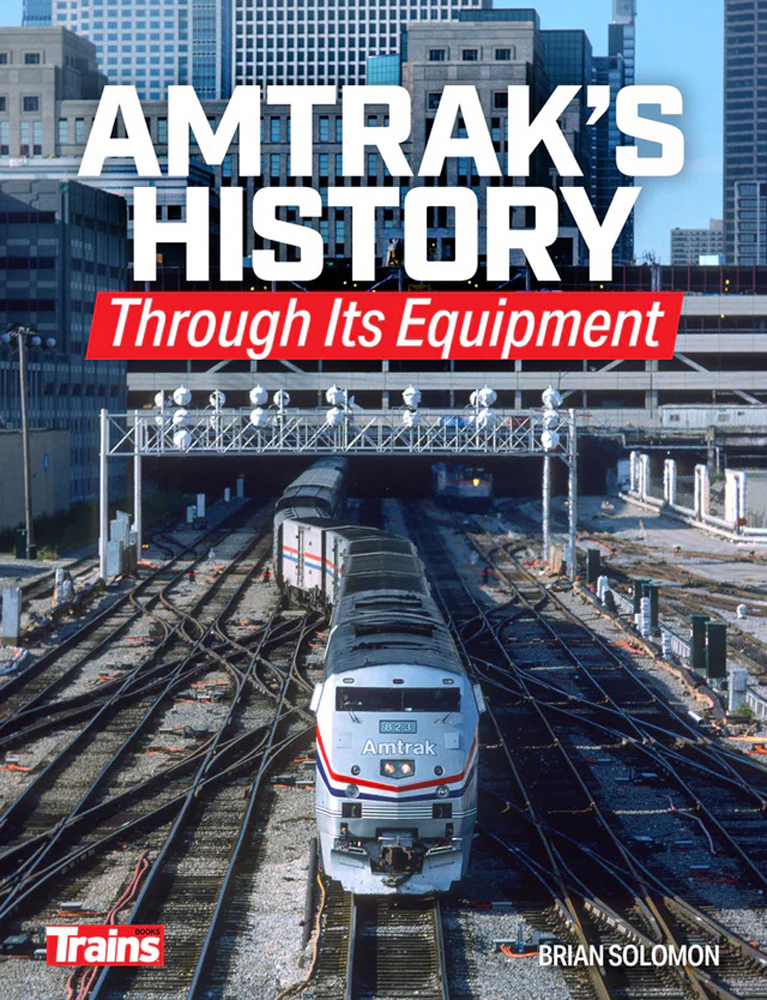

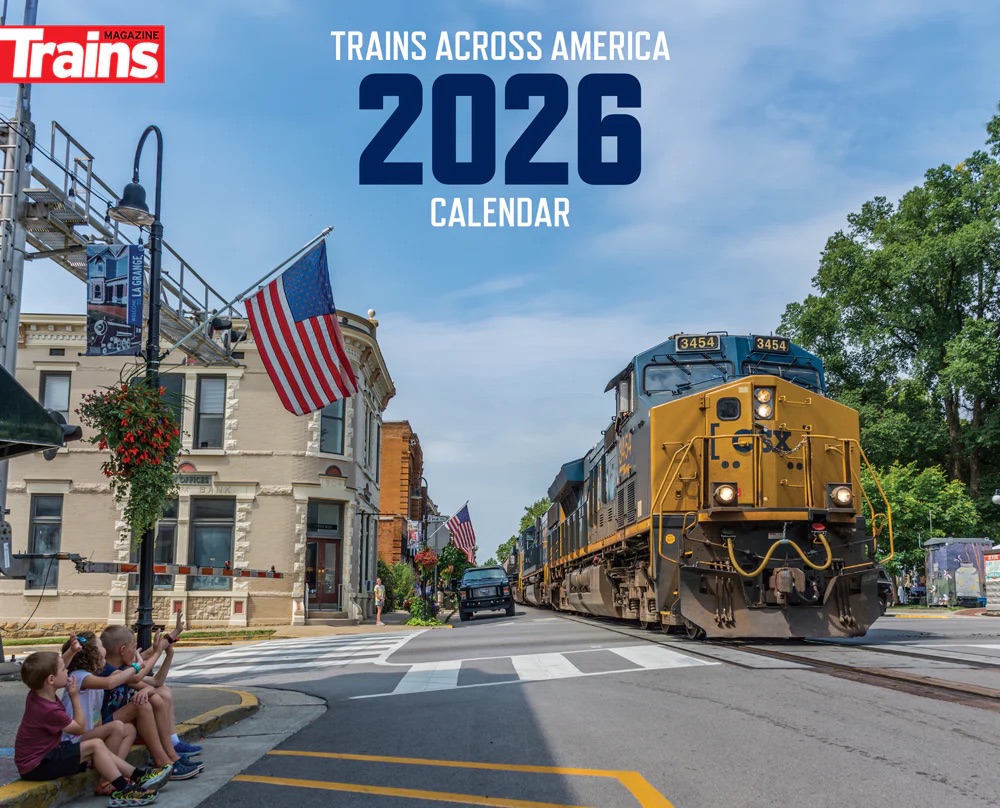
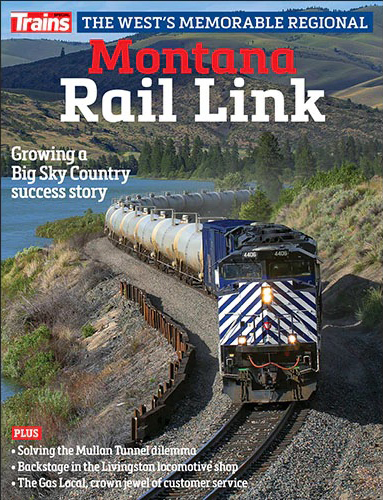
As a veteran of the NPS who worked with some good superintendents and some lousy ones, I hope that Supt. Komasz brings a new perspective to the challenge at Steamtown. However, he may discover that the site’s enabling legislation — his “marching orders,” in military terms — are more of a straightjacket than he expected. And if he has a regional director in command above him who doesn’t share his vision (or, worse, can’t fathom it), his efforts may be for naught.
A good summary but a little short on specifics. Kris Hoellen at the B&O Museum is an outstanding example of how a non-railroader can invoke a sea change at a museum.